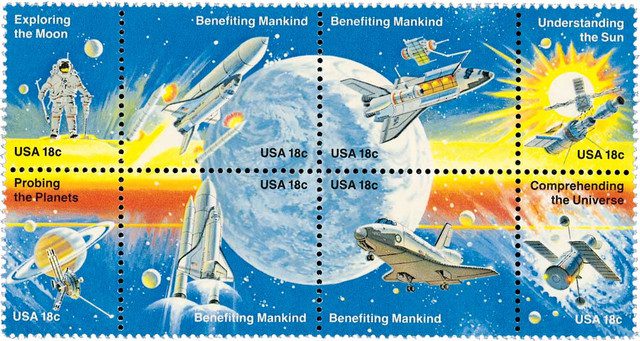Robert Hutchings Goddard, often called the “Father of Modern Rocketry,” was born on October 5, 1882, in Worcester, Massachusetts. From an early age, Goddard showed a restless curiosity about the world around him, asking questions and performing experiments that hinted at the groundbreaking discoveries he would one day make.
His interest in science began with small but meaningful moments. One of his earliest memories was watching his father generate static electricity by rubbing his feet across a carpet. Young Robert was fascinated and quickly began conducting his own experiments, even attempting to use static charges from batteries to see if they could make him jump higher. While these early trials may seem simple, they demonstrated his willingness to test ideas and explore how the physical world worked.
Though his mother sometimes worried about the risks of his experiments—warning that he might “go sailing away and not be able to come back”—his father encouraged his passion. He provided Robert with tools to feed his imagination: a telescope, a microscope, and even a subscription to Scientific American, which exposed him to the latest developments in science and technology. Robert became particularly fascinated with flight. He flew kites, experimented with balloons, and carefully recorded his results in notebooks. This practice of detailed record-keeping would become a lifelong habit, forming the foundation of his scientific research.

A major turning point in Goddard’s life came after he read H.G. Wells’ famous novel The War of the Worlds. The book sparked his imagination about the possibilities of space travel. On October 19, 1899, while climbing a cherry tree in his yard to trim branches, he paused and gazed into the sky. At that moment, he imagined what it might be like for a human being to travel into space and even reach Mars. Later, Goddard described the day as transformative, writing: “I was a different boy when I descended the tree… Existence at last seemed very purposive.” He would forever remember that October afternoon as his “Anniversary Day”—the moment of his greatest inspiration.
Goddard excelled in school, graduating as valedictorian from high school before enrolling at Clark University in Worcester. There he earned his Ph.D. in physics and began publishing articles on new scientific ideas. While still a student, he received several patents for his inventions, including designs related to rockets. Though Goddard dreamed of space exploration, he often kept those ambitions to himself. At the time, many of his peers and fellow scientists dismissed the idea of traveling beyond Earth as fantasy, not serious science.

Despite skepticism, Goddard pressed forward. On March 16, 1926, near Auburn, Massachusetts, he successfully launched the world’s first liquid-fueled rocket. The rocket, which was just 10 feet tall, rose 41 feet into the air, flew for two and a half seconds, and landed in a cabbage field. While modest by today’s standards, this event marked the birth of modern rocketry. Over the next 15 years, Goddard conducted dozens more tests—launching a total of 34 rockets between 1926 and 1941. His rockets reached speeds of up to 550 miles per hour and altitudes of more than 1.5 miles. These experiments introduced many of the technologies still used in rockets today, such as gyroscopic guidance systems and multiple-stage designs.
Unfortunately, Goddard’s achievements were not widely recognized during his lifetime. Newspapers sometimes mocked his ideas about space travel, with one infamous article claiming he lacked “the knowledge ladled out daily in high schools.” Nevertheless, he continued to innovate, often working in isolation with a small team and limited funding.
Robert Goddard died in 1945, just as the world began to realize the importance of rocketry in both warfare and exploration. Only after his death did he receive the recognition he deserved. Today, his legacy is celebrated across the world. NASA’s Goddard Space Flight Center in Maryland bears his name, as do several schools and a crater on the moon. In 1959, he was posthumously awarded the Congressional Gold Medal, one of the nation’s highest honors.
| FREE printable This Day in History album pages Download a PDF of today’s article. Get a binder or other supplies to create your This Day in History album. |
Discover what else happened on This Day in History.




Happy National Stamp Collecting Monrh!
To short, now I have to go to the library
When U.S. military & intelligence people were questioning the German scientists who had worked on their WWII rocket programs after the war, they would sometimes say, “Why haven’t you asked your Dr. Goddard about that?”